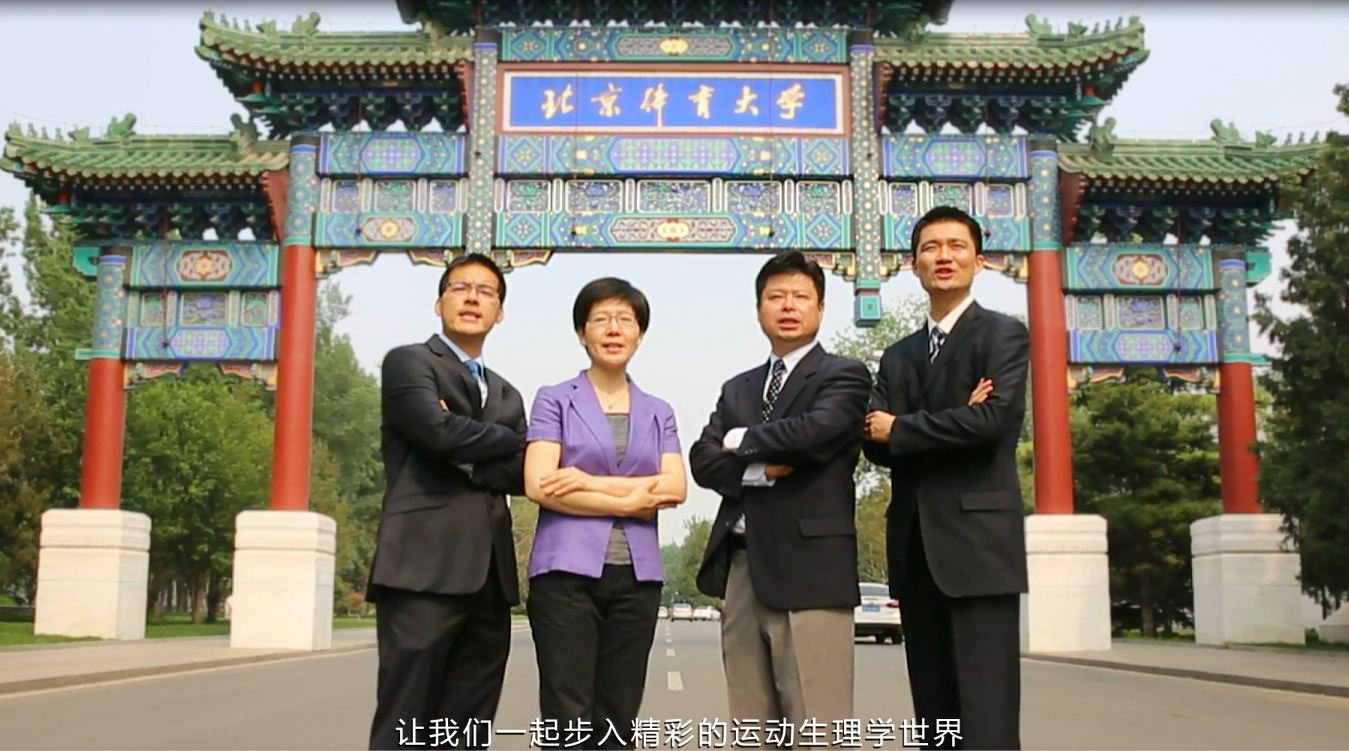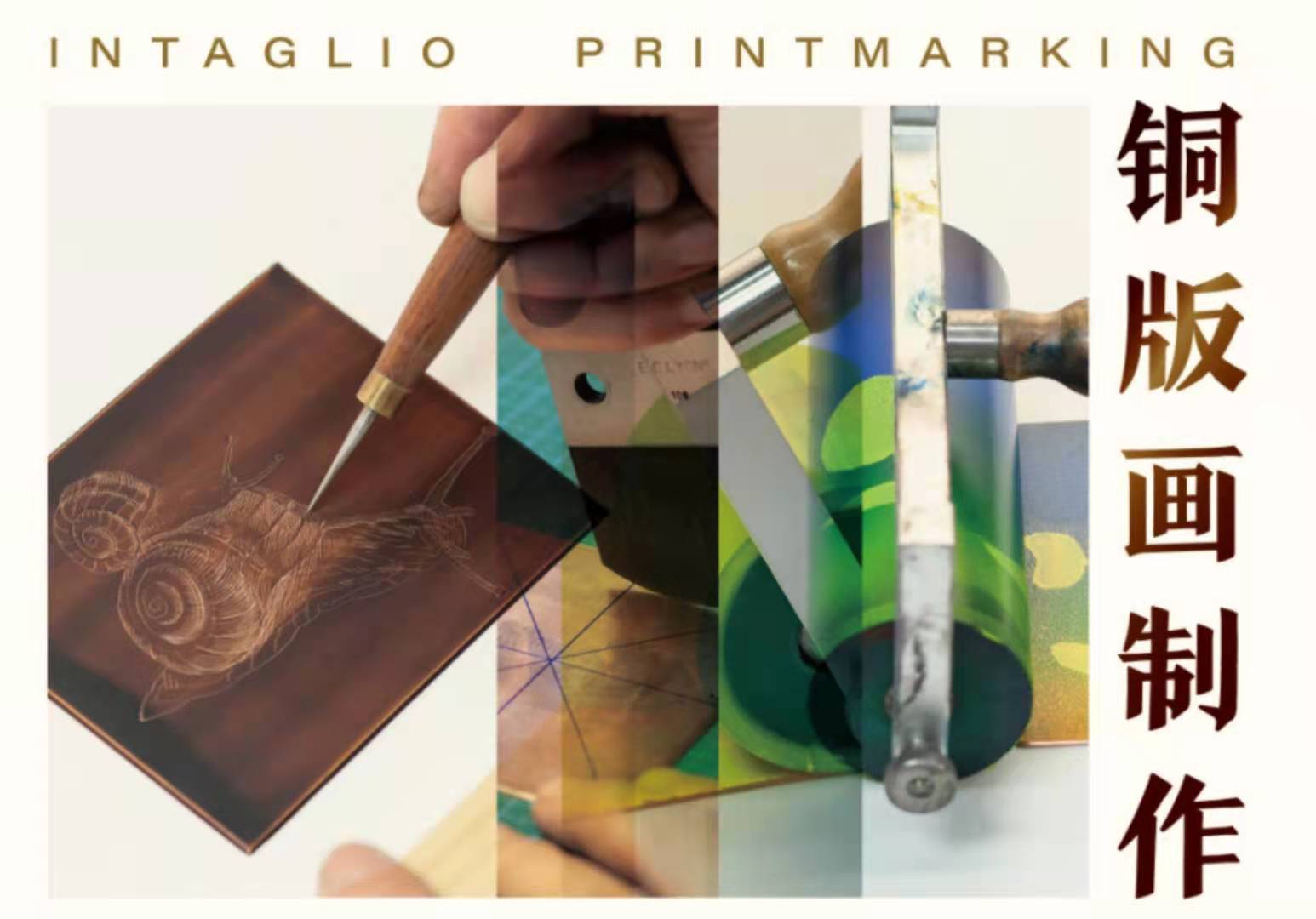
当前课程知识点:学术英语读写与交流 > Part I Reading Skills of Academic English > Unit Three:(2)Academic Focus: Lexical features of academic English > NANOTECHNOLOGY-BASED BATTERIES
Nanotechnology-Based Batteries
Mario Pagliaro
【1】When American troops entered Munich in March 1945, one of the first companies to be seized was Varta, the large battery manufacturer. The company was the manufacturer of batteries and accumulators for the Wehr-macht submarines and for the Luftwaffe during World War II. It is batteries that enable storage and thus the portability of electric power; and since electricity is the most useful form of energy available to power technology devices, be they radios or noise-less submarine engines, batteries remain a key technology in virtually every industry.
【2】The obsolescence of battery technology can be immediately grasped by the short duration of the batteries of your Blackberry or of your iPhone, which makes users complain on web forums and blogs. On a larger scale, among the main culprits in the downfall of the electric car in the USA was the limited range (60–70 miles) and reliability of the first electric car made available for lease in Southern California in 1991. However, put simply, the combustion of hydrocarbon fuels in the internal combustion engine (ICE) for land, sea, and air transportation is the largest source of global warming pollution in the world – responsible for 30% of our annual CO2 emissions. Therefore, having to establish priorities in our efforts to stop global warming, the replacement the 150-year-old ICE with new, zero carbon emission vehicles is the single most important aim. This means that we need to develop efficient and affordable electric vehicles ultimately powered by the sun, either through photovoltaic electricity to recharge batteries or fueled by solar-generated hydrogen.
【3】A new type of lithium-ion battery, which features an extremely long lifespan, may solve the problem. However, before entering the technology discussion we should lose a little of the naiveté that features in the arguments of too many scientists. The 150-year-old ICE is the basic infrastructure through which oil companies – the world’s largest and most powerful companies – have established their global dominant position. Current efforts to replace the combustion engine with oil-free alternatives constitute the single biggest threat these companies have ever faced. Frederic Beigberder, a former advertising star, has clearly explained the concept in an autobiographic look at the (top) advertising business:
【4】“We all knew that companies were keeping undisclosed many technologies that could threat their business; from ever-lasting tires to electric cars …”
【5】This understanding is relevant, for example, in realizing why technologies that were publicly demonstrated some 30 years ago have been left dormant for decades. Readers in their forties, for example, are likely to have read in their country’s press about “prototype” electric cars since their youth, being told that they would be too expensive; or they may recall the commercial failure of subsidized projects.
【6】The sustainability crisis made up of a mix of volatile oil price, global warming, and chronic air pollution is rapidly changing all that. And nanotechnology is the science behind the much needed new batteries and fuel cells required to change this state of planned obsolescence. Electric cars, for instance, are about four times more energy efficient than fuel based cars.
【7】This efficiency arises because fuel engines mostly create heat and thus waste most of the energy units available. Biofuel plants are not efficient solar energy harvesters relative to semiconductor based solar electricity. In other words, while presently cars are baking in the sun all day, future all-electric cars will charge up while idling under a solar carport, as happens with the new Toyota Prius hybrid vehicle in which a solar module powers the air conditioner.
【8】True success in the transportation market for electric vehicles depends upon a significant improvement in battery technology. Safety, recharge time, power delivery, extreme temperature performance, environmental friendliness, and lifespan are all concerns with rechargeable battery technologies available for electric vehicles today.
【9】Presently, hybrid vehicle makers tend towards incorporating nickel metal-hydride (NiMH) and lithium-ion (Li-ion) batteries into their products. Toyota’s Prius, for instance, uses a sealed NiMH battery pack to supply power to the car’s electric motor. When compared to the lithium-ion battery, the NiMH’s power level is lower and the self-discharge rate is higher. With a shelf life of just three years, NiMH is not the ideal solution for electric vehicles.
【10】Traditional lithium-ion batteries offer high specific energy and low weight. However, due to their high cost, intolerance of temperature extremes, and safety – with safety being the single most significant hurdle in adopting Li-ion batteries today – these batteries are not the ideal solution either. In fact, Toyota recently decided to delay (by one to two years) the launch of new high-mileage hybrids with Li-ion batteries due to their concerns over safety.
【11】Traditional Li-ion batteries offer a 3–5 year lifespan with 1000 cycles. Another issue is the size of the Li-ion battery necessary to guarantee the desired range in a vehicle for an acceptable battery lifespan. While we accept shorter than advertised run-times on our laptops and cell phones (as we can simply plug them in while in use) we do not have this luxury with a moving vehicle. A battery for a hybrid vehicle would need to charge and discharge rapidly, so that a short charging time and acceptable acceleration can be achieved. An electric car battery has to be light, small, energy dense, and quick to recharge. But it also has to be relatively cheap, long lasting, and safe.
【12】Financially supported by federal funds, researchers in the US in 2008 developed a lithium iron phosphate electrode material that achieves ultra- high discharge rates, comparable to those of supercapacitors, while maintaining the high energy density characteristic of lithium-ion batteries.
【13】Lithium-ion batteries are presently popular in cell phones and laptops because they store a considerable amount of energy into a small, light- weight cell that can be recharged hundreds of times and holds its charge when idle. The power capability of a lithium battery depends heavily on the rate at which the ions and electrons can move through the active electrode material. Much of the work on improving the power rate for lithium-ion batteries has focused on improving electron transport in the bulk or at the surface of the material, or on reducing the path length over which the electron and the Li-ion have to move by using nano-sized materials. However, scaling these up for electric cars, for instance, requires a dramatic improvement in charge and discharge rates – otherwise a plug-in electric vehicle would need to be plugged in for many hours to fully recharge.
【14】Gerbrand Ceder and colleagues at the MIT predicted that the material’s lithium-ions should actually be moving extremely quickly, into the material but only through tunnels accessed from the surface. Using nanochemistry, they thus created a new surface structure by creating a glassy lithium phosphate coating on the surface of nanoscale LiFePO4 that allows the lithium ions to move quickly around the outside of the material.
【15】Glassy lithium phosphates are known to be good (and stable) Li+ conductors. Now, when an ion traveling across this material reaches a tunnel it is instantly diverted into it, enabling the fast charge and discharge capability; in addition, further tests showed that unlike other battery materials the new material does not degrade as much when repeatedly charged and recharged. The new material has a rate capability equivalent to full battery discharge in 10–20 s, namely 100 times faster than a regular rechargeable. Only 360 W is required to charge a 1 Wh cell phone battery in 10 s (at a 360 C charging rate). In contrast, the rate at which very large batteries such as those planned for plug-in hybrid electric vehicles can be charged is limited by the available power: 180 kW is needed to charge a 15 kWh battery (a typical size estimated for a plug-in hybrid electric vehicle) in 5 min. This extremely high rate capability of the electrode materials blurs the distinction between supercapacitors and batteries. By simply tweaking the composition of the battery material, nanochemistry enables fast charging and discharging rates – like a supercapacitor – while keeping the energy density comparable to that of a battery.
【16】The ability to charge and discharge batteries in a matter of seconds rather than hours may make possible new technological applications and induce lifestyle changes. Such changes may first take place in the use of small devices, where the total amount of energy stored is small. The technology has been licensed by two companies with the aim of manufacturing smaller, lighter batteries that are rapidly rechargeable and long lasting. In addition, since the material involved is not new, the work could make it into the marketplace within two to three years.
【17】Meanwhile, the US company Altair Nanotechnologies has developed an innovative rechargeable battery, based on nanotechnology, that can meet advanced requirements in terms of short recharge time, long cycle life, complete operational safety, and tolerance for extreme temperatures. The technology is based on a nano-size lithium titanate oxide (nLTO) battery electrode material where nLTO substitutes for graphite, the standard negative electrode material employed in common Li-ion rechargeable batteries. These nano-titanate based batteries have one-third the weight and four times the power for the same sized NiMH battery.
【18】Manufactured by Phoenix Motorcars, the electric SUV is one of the first commercially available vehicles using Altairnano batteries. The vehicle is planned to be capable of road speeds up to 95 mph, a driving range that is configurable up to 200 miles, a battery recharge time potential of less than 10 min, and an acceleration of 0 to 60 mph in less than 10 s.
【19】Once again, the company uses nanochemistry – and, in particular, a technique called spray hydrolysis – to synthesize a novel nano-structured lithium titanate anode material with a process that enable precise control over the nanomaterial properties, including surface area, morphology, particle size, and purity.
【20】Owing to replacement of the graphite electrode materials found in negative electrodes of traditional Li-ion batteries with nLTO electrodes, there is up to 100 times more surface area available to the ions, which facilitates access to the active sites required for battery operation, and reduces the distance from the surface to the sites, all of which helps accelerate recharging and discharging.
【21】The mechanical stress and strain caused by ions entering and exiting electrodes reduces the life of a battery. During the charging of conventional lithium-ion batteries, lithium atoms (the reduced lithium ions) deposit inside the anode and are then released on discharge. Graphite possesses a two-dimensional crystal structure. When the lithium ions enter or leave the anode, the graphite planes of the anode shift and strain to a 10% greater separation of the planes to accommodate the lithium ion’s size. On discharge, these processes are reversed. Over the life of the battery, this repeated shifting and straining fatigues the graphite planes, which causes the graphite structures to fracture. These fractures cause a loss in electrical contact between the particles, thereby reducing the battery’s capability and capacity, and, ultimately, its life.
【22】The use of nano-size lithium titanate oxide instead of graphite makes nLTO a “zero strain” material. Thus, the material essentially does not change shape upon the entry and exit of a lithium ion into and from a particle. The nLTO material has a three-dimensional crystal structure. The structure contains sites for lithium atom inclusion that are roughly the same size as the atom. Therefore, there is virtually no stress or strain involved with the charge and discharge process. Thus the battery can be charged and discharged significantly more often than conventional lithiumion batteries because of the absence of particle fatigue, which plagues materials such as graphite. Conventional lithium-ion batteries can be typically charged about 1000 times before they are no longer useful (about 3 years), whereas cells using nLTO materials can achieve over 25 000 charge and discharge cycles (more than 20 years). Finally, these nanotech batteries can be safely operated at temperatures up to 240 °C – more than 100 °C above the temperature at which graphite-based batteries can explode – with zero explosion or safety concerns. Several Li-ion batteries blew up after overheating in laptops in 2006, proving that that the technology at that stage was simply not ready to be mass-produced for cars. Initial availability of these cells and advanced energy storage systems and batteries featuring the lithium-titanate cells has been anticipated by the end of 2009 following agreement between Altair Nanotechnologies and a manufacturer of lithium-ion battery cells for mobile devices.
![]()

1. Mario Pagliaro: The author is a research chemist and management educator based in Palermo at Italy’s CNR, where he leads a research group and Sicily’s Photovoltaics Research Pole. His research focuses on the development of functional materials for various uses and operates at the boundaries of chemistry, biology, and materials science.
![]()

1. Mario Pagliaro. Nano-Age: How Nanotechnology Changes Our Future. WILEY-VCH, 2010.
2. Catherine Bréchignac, Philippe Houdy, Marcel Lahmani. Nanomaterials and Nanochemistry. Springer, 2008.
-Unit One:(1)Global Reading: Hacking Drones
--Unit One:(1)Global Reading:Hacking Drones
--html
-Unit One:(1)Global Reading: Hacking Drones--作业
-Unit One:(2)Academic Focus: Syntactic Features of Academic English
--Unit One:(2)Academic Focus: Syntactic Features of Academic English
-Unit One:(2)Academic Focus: Syntactic Features of Academic English--作业
-Unit One:(3)Outward Bound: How to Make a Presentation
--Unit One:(3)Outward Bound: How to Make a Presentation
-Unit One:(3)Outward Bound: How to Make a Presentation--作业
-Unit Two:(1)Global Reading: The Down of The Age of Artificial Intelligence
--Unit Two:(1)Global Reading: The Down of The Age of Artificial Intelligence
--The Dawn of The Age of Artificial Intelligence
--html
-Unit Two:(1)Global Reading: The Down of The Age of Artificial Intelligence--作业
-Unit Two:(2)Academic Focus: Structure
--Unit Two:(2)Academic Focus: Structure
-Unit Two:(2)Academic Focus: Structure--作业
-Unit Two:(3)Outward Bound: How to make a debate
--Unit Two:(3)Outward Bound:How to make a debate
-Unit Two:(3)Outward Bound: How to make a debate--作业
-Unit Three:(1)Global Reading: Nanotechnology-Based Batteries
--Unit Three:(1)Global Reading: Nanotechnology-Based Batteries
--NANOTECHNOLOGY-BASED BATTERIES
-Unit Three:(1)Global Reading: Nanotechnology-Based Batteries--作业
-Unit Three:(2)Academic Focus: Lexical features of academic English
--Unit Three:(2)Academic Focus: Lexical features of academic English
--NANOTECHNOLOGY-BASED BATTERIES
-Unit Three:(2)Academic Focus: Lexical features of academic English--作业
-Unit Three:(3)Outward Bound: How to write a summary
--Unit Three:(3)Outward Bound: How to write a summary
-Unit Three:(3)Outward Bound: How to write a summary--作业
-How to write a good abstract: a brief introduction
--How to write a good abstract: a brief introduction
-How to write a good abstract: a brief introduction--作业
-How to write a good abstract: avoiding redundancy in academic English
--How to write a good abstract: avoiding redundancy in academic English
-How to write a good abstract: avoiding redundancy in academic English--作业
-How to write a good title, an affiliation, key words and acknowledgments
--How to write a good title, an affiliation, key words and acknowledgments
-How to write a good title, an affiliation, key words and acknowledgments--作业
-How to write a good title: an example
--How to write a good title: an example
-How to write a good title: an example--作业
-How to write a good literature review
--How to write a good literature review
-How to write a good literature review--作业
-How to write a good main body: results
--How to write a good main body: results
-How to write a good main body: results--作业
-How to write a good conclusion
--How to write a good conclusion
-How to write a good conclusion--作业
-How to write a good reference
--How to write a good reference
-How to write a good reference--作业
-International Conference: Three Procedures
--International Conference: Three Procedures
-International Conference: Three Procedures--作业
-International Conference: Beginning and Ending
--International Conference: Beginning and Ending
-International Conference: Beginning and Ending--作业
-Final Exam--作业





